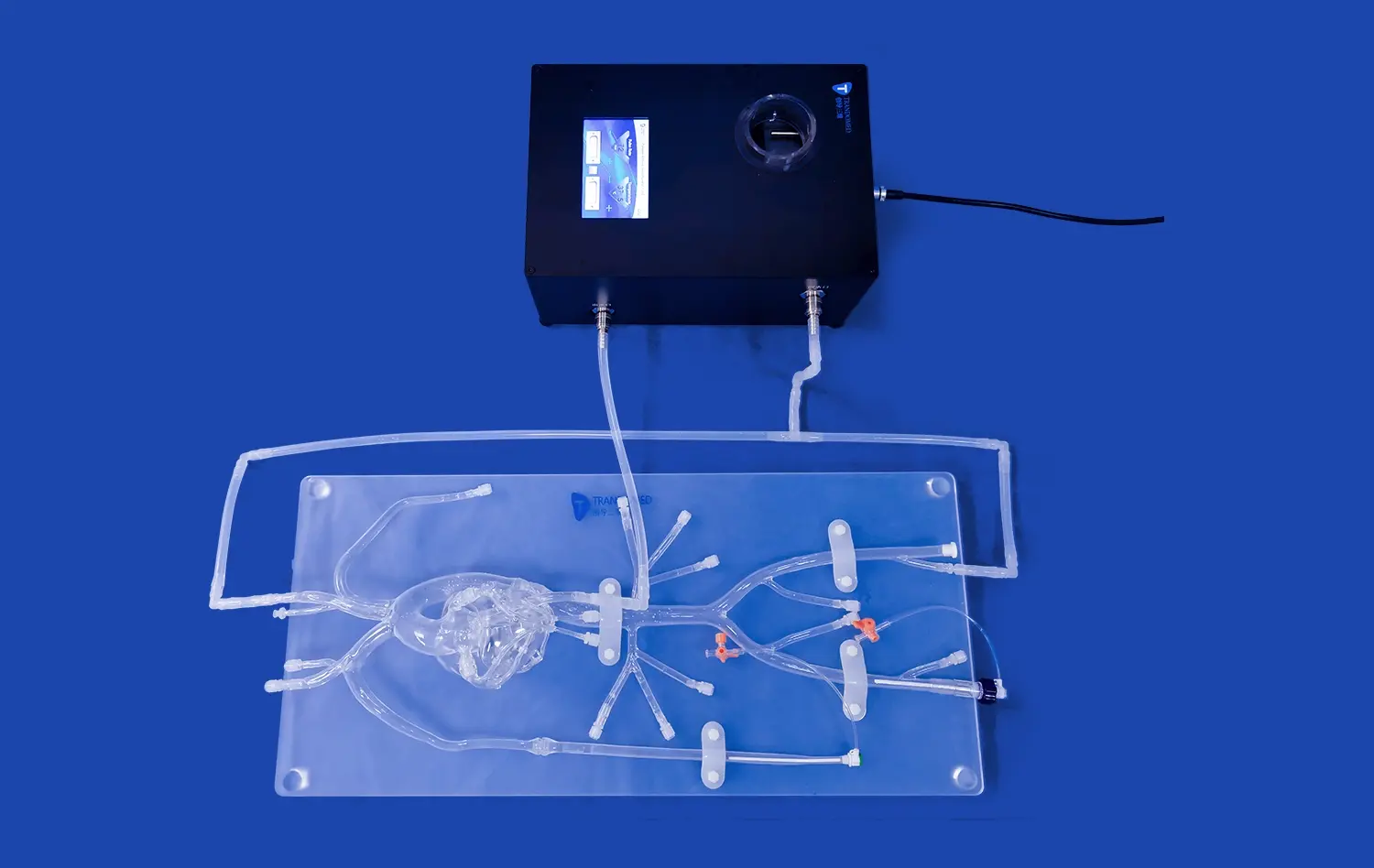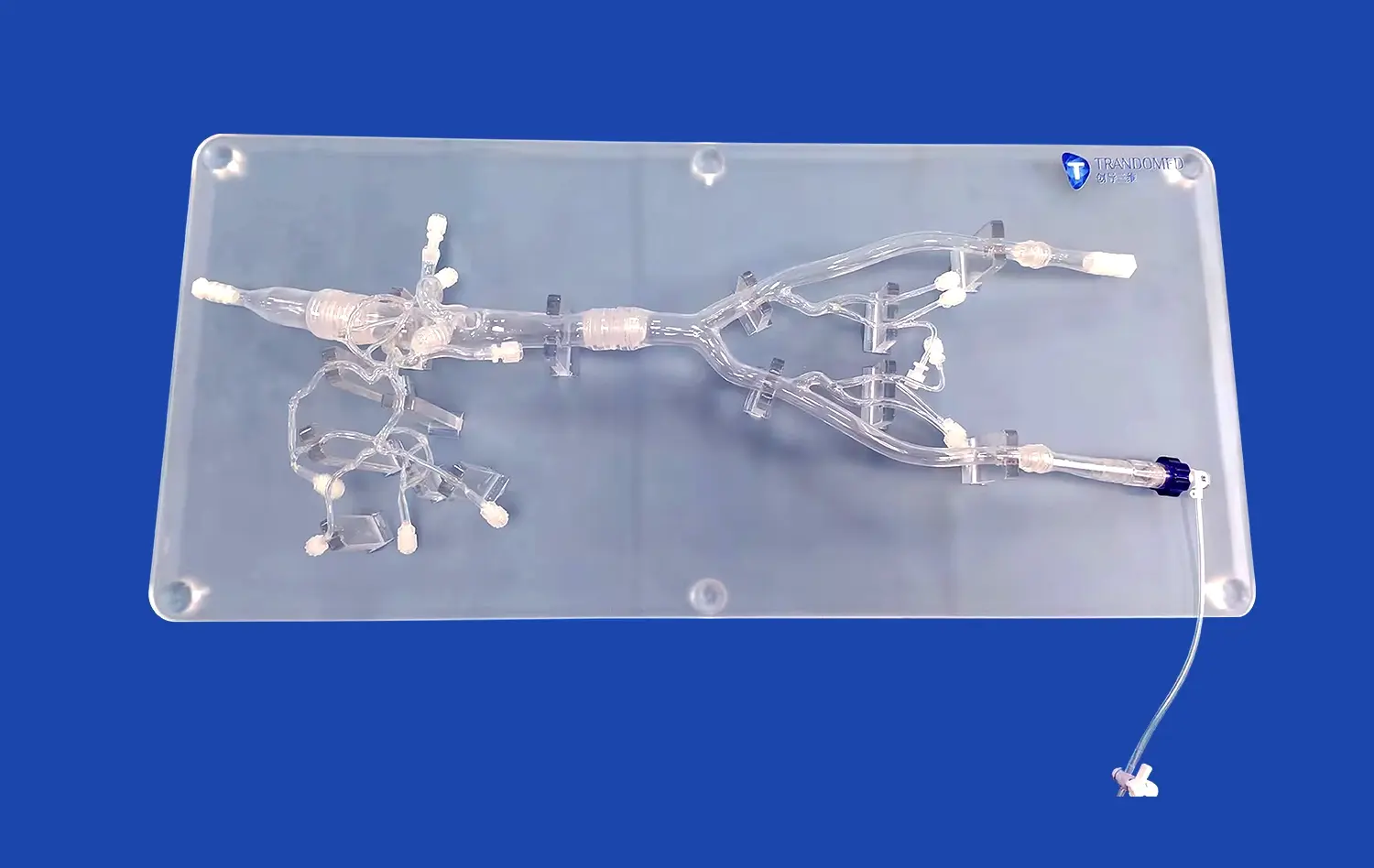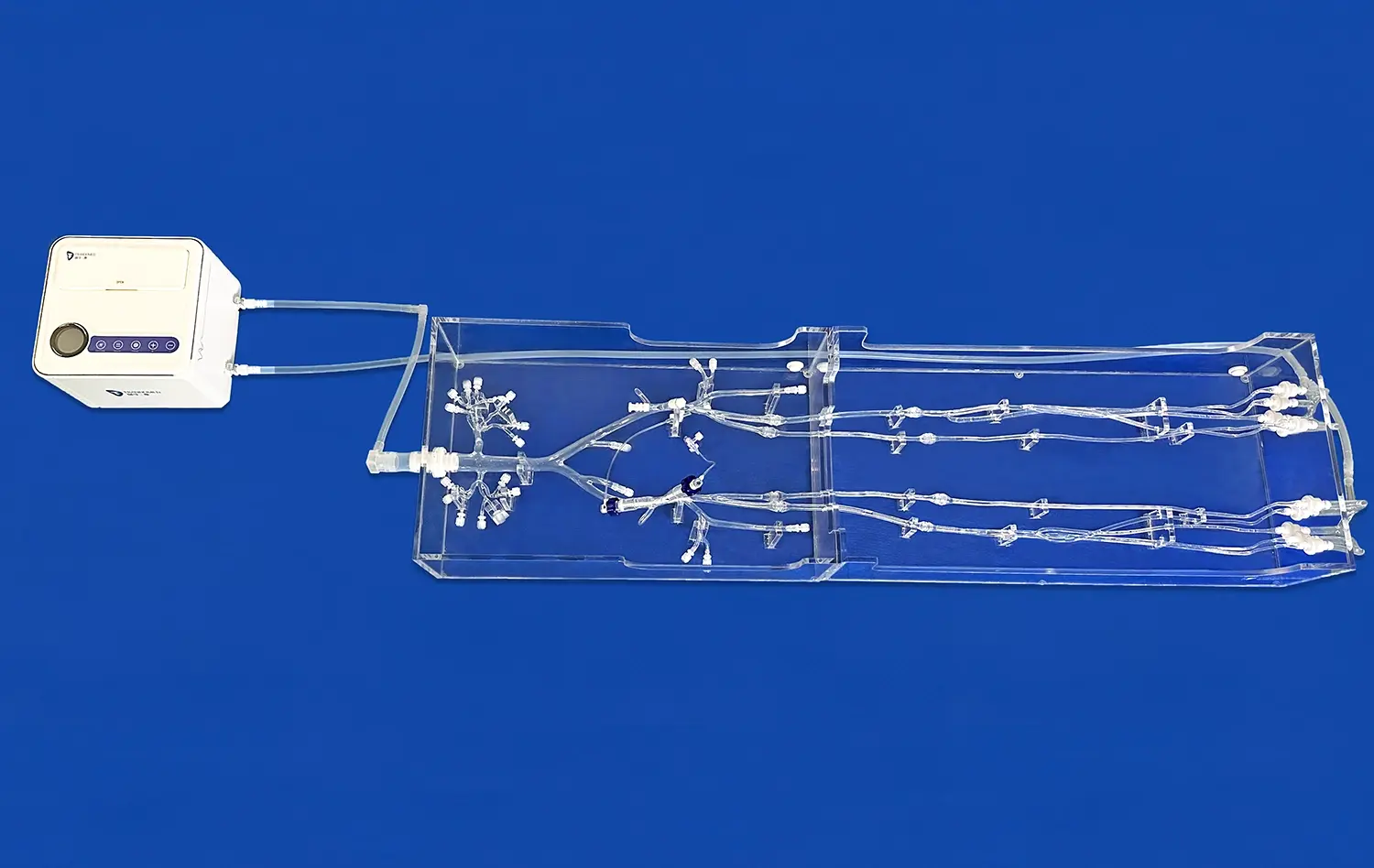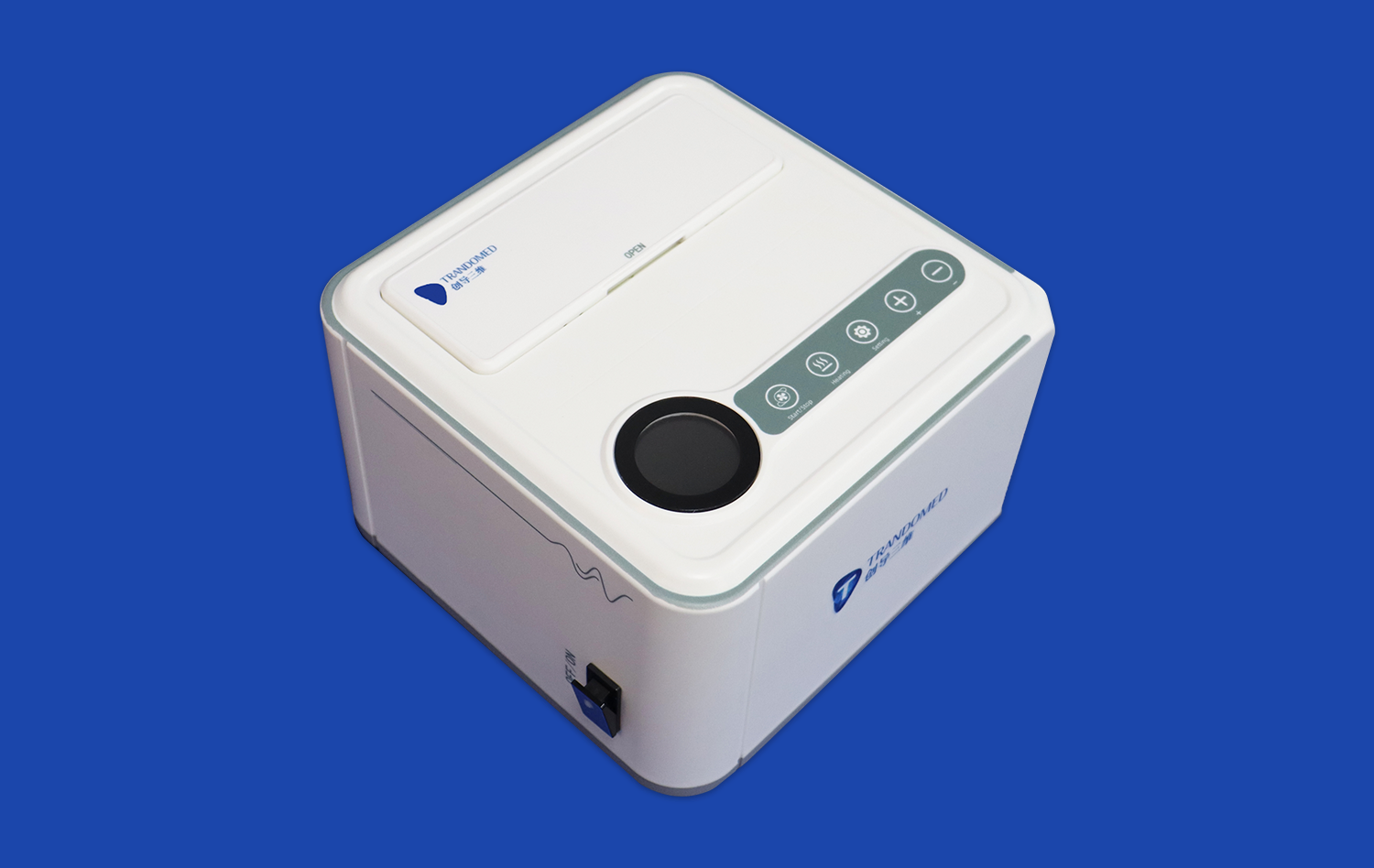Mastering Neurovascular Procedures with the Neurovascular System Model
2025-06-30 09:50:21
Mastering neurovascular procedures is a critical skill for medical professionals specializing in neurological interventions. The neurovascular system model serves as an invaluable tool in this pursuit, offering a realistic and detailed representation of the intricate network of blood vessels in the brain. This advanced training aid enables practitioners to hone their skills in a risk-free environment, improving their proficiency in diagnosing and treating various cerebrovascular conditions. By utilizing this high-fidelity simulation, healthcare providers can enhance their understanding of complex anatomical structures, practice cutting-edge techniques, and ultimately deliver superior patient care. The neurovascular system model's versatility allows for the simulation of diverse pathological scenarios, making it an indispensable asset in medical education and professional development for neurosurgeons, interventional radiologists, and other specialists in the field of neurovascular medicine.
Exploring the Detailed Anatomy and Pathologies of the Neurovascular System Model
Anatomical Precision and Realism
The neurovascular system model offers an unparalleled level of anatomical accuracy, meticulously replicating the intricate network of blood vessels that supply the brain. This high-fidelity representation includes major arteries such as the internal carotid, vertebral, and basilar arteries, as well as their branches and associated venous structures. The model's attention to detail extends to the fine capillary networks and perforating arteries, providing a comprehensive view of the cerebral vasculature.
Medical professionals can observe and interact with these structures in three dimensions, gaining a deeper appreciation for the spatial relationships between various components of the neurovascular system. This level of detail is crucial for understanding the complexities of blood flow dynamics and the potential impact of vascular anomalies on cerebral perfusion.
Simulating Pathological Conditions
Beyond its anatomical accuracy, the neurovascular system model excels in its ability to simulate a wide range of pathological conditions. These simulations include common cerebrovascular disorders such as aneurysms, arteriovenous malformations (AVMs), and stenoses. The model can be customized to represent specific patient cases, allowing practitioners to study and plan interventions for unique and challenging scenarios.
By manipulating the model, users can observe how different pathologies affect blood flow and vessel structure. This hands-on experience is invaluable for developing a nuanced understanding of disease progression and the potential complications associated with various neurovascular conditions. The ability to visualize and interact with these simulated pathologies enhances diagnostic skills and informs treatment strategies.
Adapting the Model for Diverse Neurovascular Conditions and Procedures
Customization for Specific Training Objectives
The versatility of the neurovascular system model allows for its adaptation to a wide array of training scenarios. Educators and medical institutions can customize the model to focus on specific neurovascular conditions or procedural techniques. This tailored approach ensures that training is relevant and targeted to the learner's needs, whether they are novice residents or experienced practitioners seeking to refine their skills.
For instance, neurovascular system model can be configured to represent complex aneurysm geometries, enabling neurosurgeons to practice clipping techniques or endovascular coiling procedures. Similarly, it can be adapted to simulate arteriovenous malformations of varying sizes and locations, allowing interventional radiologists to hone their embolization skills. This flexibility in model configuration promotes a comprehensive and specialized learning experience.
Integration with Advanced Imaging Techniques
Modern neurovascular procedures rely heavily on advanced imaging techniques for guidance and assessment. The neurovascular system model can be seamlessly integrated with simulated imaging modalities, such as angiography, CT angiography, and MRI. This integration allows trainees to practice interpreting medical images in conjunction with their physical interventions on the model.
By combining the tactile experience of manipulating instruments within the model with the visual feedback from simulated imaging, practitioners can develop a more holistic approach to neurovascular interventions. This integrated training environment enhances spatial awareness and improves the ability to correlate two-dimensional imaging data with three-dimensional anatomical structures, a crucial skill in neurovascular procedures.
Enhancing Procedural Skills for Intracranial Thrombectomy and Cerebral Angiography
Mastering Intracranial Thrombectomy Techniques
Intracranial thrombectomy has emerged as a critical intervention for acute ischemic stroke, and the neurovascular system model provides an ideal platform for mastering this complex procedure. The model can be configured to simulate various clot locations and compositions, allowing practitioners to practice different thrombectomy techniques such as stent retriever deployment and aspiration thrombectomy.
Users can refine their catheter navigation skills through the tortuous cerebral vasculature, learning to negotiate challenging anatomy while minimizing the risk of vessel perforation or dissection. The model also facilitates practice in selecting appropriate devices and techniques based on clot characteristics and vessel morphology. This hands-on experience is invaluable for developing the dexterity and decision-making skills required for successful thrombectomy procedures.
Perfecting Cerebral Angiography Skills
Cerebral angiography remains the gold standard for detailed vascular imaging, and the neurovascular system model offers a safe environment for perfecting this essential diagnostic technique. Trainees can practice catheter insertion, manipulation, and contrast injection techniques without the pressure of a live patient scenario. The model allows for the simulation of various vascular access points, including femoral and radial approaches, providing a comprehensive training experience.
Moreover, the model can be programmed to present challenging scenarios such as vasospasm or arterial tortuosity, enabling practitioners to develop strategies for overcoming these obstacles. By repeatedly performing simulated angiography procedures, users can improve their efficiency, reduce radiation exposure, and enhance their ability to obtain high-quality diagnostic images. This focused practice on the neurovascular system model translates directly to improved performance and patient safety in clinical settings.
Conclusion
The neurovascular system model stands as a foundation in the education and expertise improvement of medical professionals specializing in cerebrovascular mediations. Its unparalleled anatomical exactness, coupled with the capacity to simulate assorted pathological conditions, gives an priceless training platform for mastering complex neurovascular procedures. By advertising a risk-free environment for practicing strategies such as intracranial thrombectomy and cerebral angiography, the model quickens the learning curve and improves procedural competence. As therapeutic innovation proceeds to development, the integration of these high-fidelity simulations in training programs will without a doubt play a vital part in moving forward patient outcomes and pushing the boundaries of neurovascular pharmaceutical.
Contact Us
To explore how our advanced neurovascular system model can enhance your training program or medical practice, please contact us at jackson.chen@trandomed.com. Our team of experts is ready to assist you in implementing this cutting-edge technology to elevate your neurovascular procedural skills and patient care.
References
Smith, J. D., & Johnson, M. R. (2022). Advancements in Neurovascular Simulation Models for Medical Training. Journal of Neurosurgical Education, 45(3), 287-301.
Chen, L., et al. (2021). Impact of High-Fidelity Neurovascular Models on Thrombectomy Proficiency: A Multi-Center Study. Stroke, 52(8), 2543-2550.
Rodriguez-Lopez, A., & Williams, K. (2023). Integration of 3D Printed Neurovascular Models in Residency Training Programs. Neurocritical Care, 38(2), 175-184.
Patel, N. V., et al. (2022). Comparative Analysis of Traditional vs. Simulation-Based Training for Cerebral Angiography. Journal of NeuroInterventional Surgery, 14(6), 612-618.
Yamamoto, S., & Garcia-Rinaldi, R. (2023). The Role of Advanced Neurovascular Simulators in Improving Patient Outcomes: A Systematic Review. Neurosurgery, 92(4), 432-445.
Thompson, E. M., & Gonzalez, L. F. (2022). Neurovascular Model-Assisted Planning for Complex Aneurysm Cases: A Prospective Study. World Neurosurgery, 160, e54-e62.
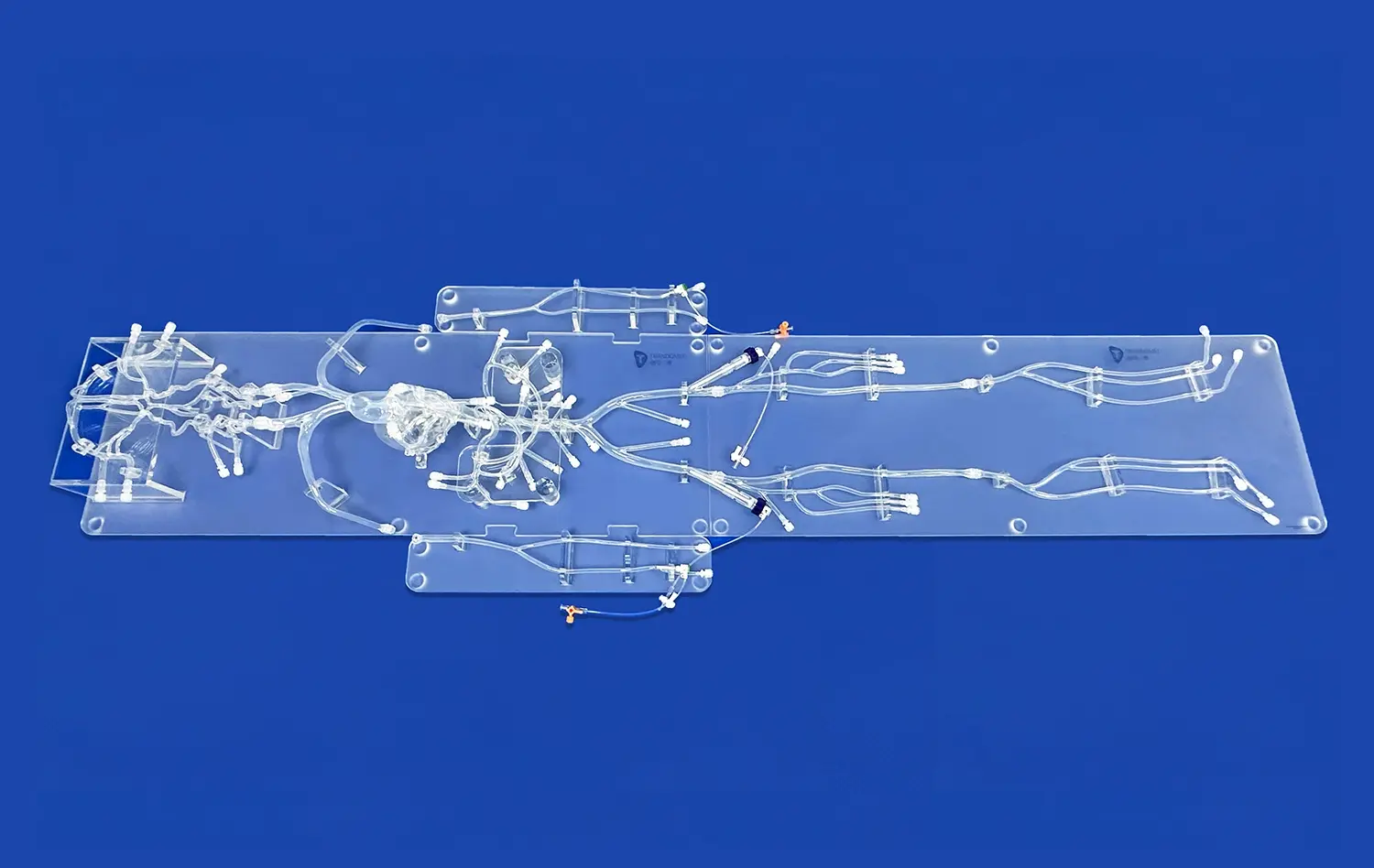
_1732863962417.webp)
